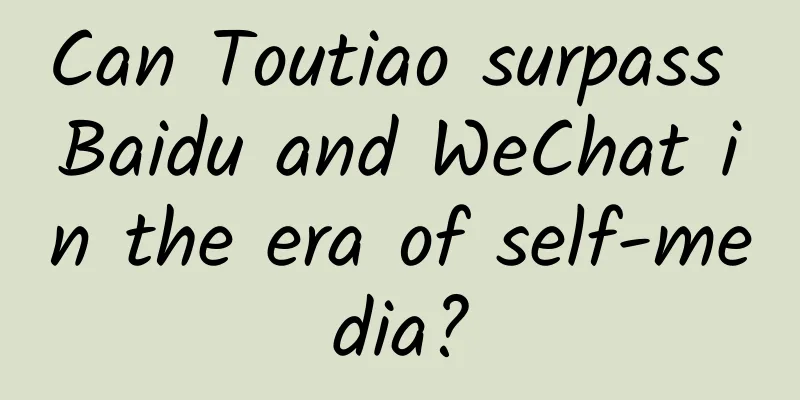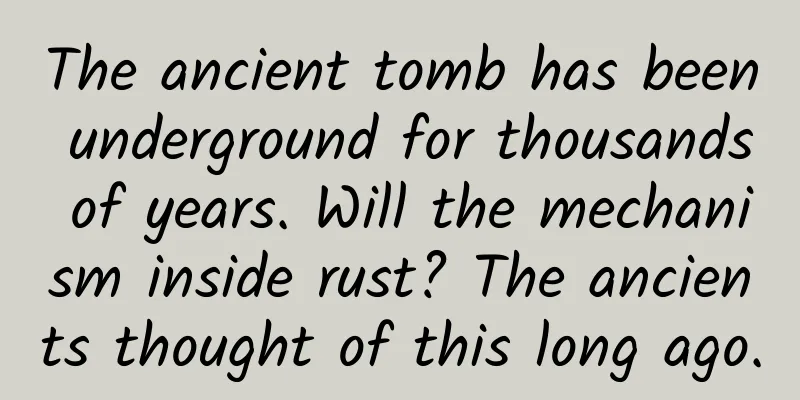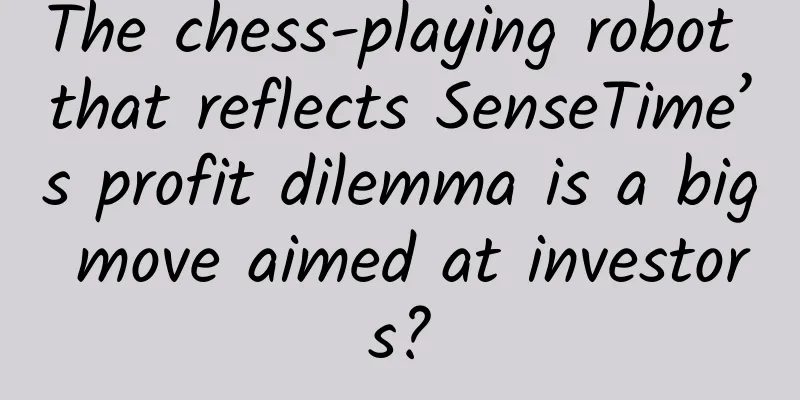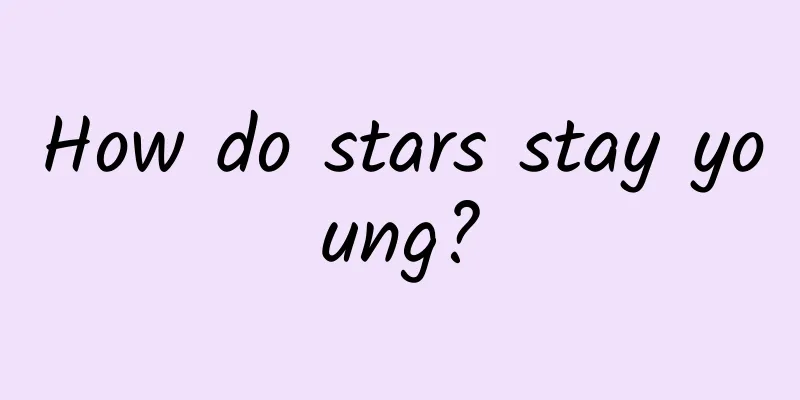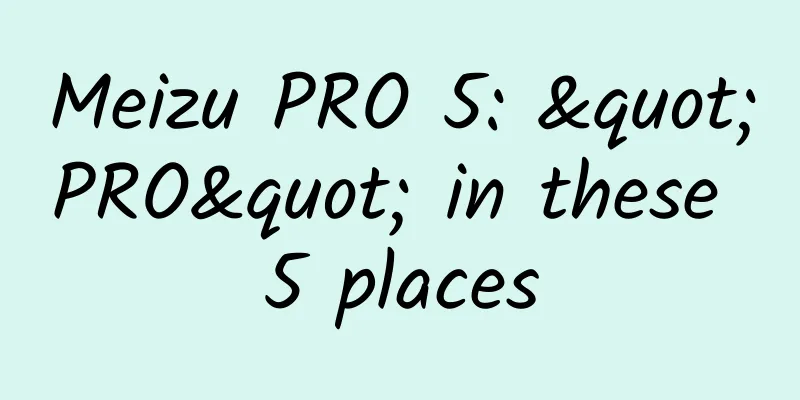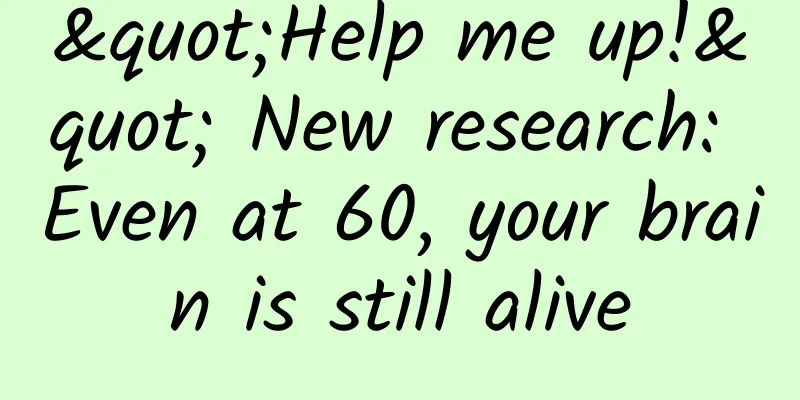Why are we still so keen on “detoxification” today?
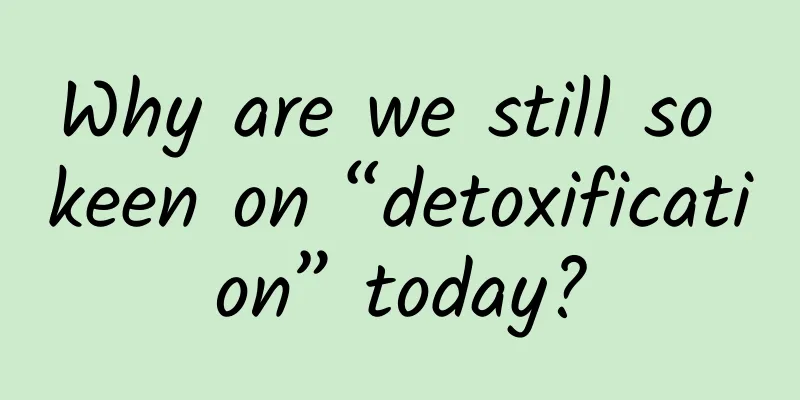
|
In terms of health care, "detoxification" has always been a hot topic for people, both in China and abroad. From ancient medicine to modern life, various detoxification theories and methods have emerged one after another. Tracing the historical origins of detoxification, humans have invented a variety of detoxification methods, behind which is the medical theory proposed by the sages for health, that is, "toxins" cause people to get sick. Even today, such ideas are still popular among the public. Written by Ye Yichu One day when I got home from get off work, my mother excitedly took out a foot patch and urged me to put it on, repeatedly emphasizing that the "detoxification" effect of this foot patch is real. My mother is a "health expert" in our family, and she is particularly keen on all kinds of detoxification products. She has many concerns, such as air pollution, food additives, and plastic particles in takeout... In my mother's mind, these things are harmful to the human body and will accumulate in the body, eventually causing various diseases. Because of this, she is very fascinated by all kinds of detoxification products, hoping to expel these "toxins" in the body as soon as possible to prevent them from causing trouble in the body. I followed the instructions and applied the foot patch overnight. When I tore it off in the morning, I saw that the dry surface of the foot patch had turned black and sticky. My mother was very pleased to see it, thinking that the toxins in my body were absorbed by the foot patch. I showed her the instructions and told her that this type of foot patch contains bamboo vinegar, bamboo charcoal or activated carbon powder, platycodon and other extracts, which are prone to oxidation. After the foot patch is applied to the sole of the foot, as long as sweat flows out and soaks the surface, it will cause oxidation and discoloration. This is actually just a very simple chemical reaction, and no toxins are really absorbed. My mother didn't comment on my explanation, but she emphasized that the body would feel comfortable after applying the patch, which indirectly proved the effectiveness of detoxification. I was not surprised by my mother's reaction. After all, looking at the history of medicine, detoxification has always been one of the most attractive and influential theories almost since the beginning of medicine. Part 1 The past and present of detoxification theory Many people think that detoxification comes from traditional Chinese medicine theory. In fact, in the ancient Western medical system, the concept of detoxification not only appeared very early, but also occupied a mainstream position for a time. In the 5th century BC, the ancient Egyptians believed that there was a harmful substance called "rot" in the human body, which was the root cause of disease. They believed that they needed to spend three days a month detoxifying and removing the "rot" in the body in order to stay healthy [1]. Hippocrates, a contemporary of the ancients, divided the human body into three types: sanguine, choleric, phlegmatic, and melancholic, based on the different proportions of the four humors (blood, black bile, yellow bile, and phlegm). He believed that an excess of any one humor could cause disease, and the solution was to restore the balance of the humors in the body. Before the birth of modern medicine, the theory of the four humors was a dominant medical theory in the West. Although it was not equivalent to detoxification, treatment methods included vomiting and bloodletting, which were often considered as means of detoxification [2]. In the 2nd century AD, Galen proposed a more detailed theory of detoxification. He believed that body fluids would become corrupted under certain circumstances, and these corrupt particles (equivalent to the "poison" that needed to be excreted) would cause disease. At the same time, Galen clarified the scope of the production of "poison". He believed that "poison" was produced in the intestines and was mainly excreted through feces. Unclean air, food, water and other factors could be the cause of the production of corrupt particles [3]. Galen Since then, the theory of detoxification has continued to grow. In Western medicine, the "poison" in the intestines was once named ptomaine. At that time, the view was that ptomaine was the culprit of almost all diseases. Constipation would increase the accumulation of ptomaine in the body and even spread the toxins throughout the body. These theories triggered the public's fear of ptomaine, and also led to the prosperity of enema and bloodletting as effective detoxification methods. However, starting from the 16th century, with the rapid development of anatomy, physiology and pathology, scientific experiments were introduced into medical exploration. The detoxification theory was difficult to verify in experiments, and its development momentum was strongly impacted. By the 1930s, the detoxification theory was abandoned by the medical community and gradually faded out of the mainstream medical arena[4]. Part 2 Various detoxification methods Since it is theoretically believed that "poison" causes disease, people will naturally invent methods to detoxify. Over the past thousands of years, various detoxification methods have emerged one after another. The following are just some of the most popular examples. 1. Heavy metal detoxification Due to their outstanding excretion-promoting ability, heavy metals such as calomel and antimony once became the "star treatment" for detoxification. Calomel is a powerful oral laxative containing the heavy metal mercury. At that time, people from all walks of life, from toddlers to the elderly, were loyal users of calomel. Famous figures in history books such as Caesar, Napoleon, Edgar Allan Poe, Paganini, and Lincoln (but he soon discovered the problem and stopped taking the drug) all used this detoxification method [1]. Antimony pills made of antimony are praised as "capable of purifying all unclean substances." The detoxifying effect of antimony is used to treat everything from asthma and allergies to syphilis and plague. Element Antimony Unfortunately, these heavy metals not only have no therapeutic effect, but are also highly toxic to the human body, can seriously damage kidney function and cause cancer. After being popular in the 17th and 18th centuries, they were gradually phased out in the 19th century after paying a "bloody lesson". 2. Enema detoxification For a long period of history, everyone from the royal family to the common people regarded enema as one of the most effective treatment methods. At that time, it was believed that after the toxins were expelled with the cleansing effect of the enema, the disease would naturally be cured. There were even paralyzed patients who claimed that they could stand up and walk again after enema detoxification. It is said that the Sun King Louis XIV had more than 2,000 enemas in his lifetime, and Hitler preferred chamomile tea enemas [1]. In order to perform enema better, various enema tools were invented to expand the rectum (as shown below). During the enema process, various herbal decoctions, milk, honey, turpentine, beer, tobacco, tea, coffee, and even arsenic (arsenic) were used to "improve the therapeutic effect." At that time, people could not only go to the hospital for enema, but also buy tools to perform it at home. This also made enema more popular. Personal enema tools that were popular throughout history These amazing enema tools are no longer popular, but doctors still perform enemas, not for detoxification, but to relieve constipation or prepare the intestines before examinations and surgeries. By performing an enema with contrast agents such as barium, doctors can see whether there are problems such as intestinal obstruction during imaging examinations. 3. Bloodletting to detoxify In the history of detoxification therapy, bloodletting therapy is on par with enema therapy. The knowledge that bloodletting can detoxify may be related to the fact that bloodletting was effective after early humans were bitten by snakes. As early as the ancient Roman and ancient Greek periods, bloodletting therapy had already appeared, mainly to maintain the balance of body fluids. Since then, although the theory of humors has been falsified due to the development of anatomy, bloodletting therapy is still popular, which may be related to the habit formed over a long period of time and its certain effects. The positive effect of bloodletting is speculated to be related to reducing blood volume or harmful components accumulated in the blood. In Britain before the 19th century, doctors not only had to bleed patients, but also had to smell, taste, and diagnose diseases. Bloodletting was not only used to treat infectious diseases including yellow fever, but was also used to treat lovesickness (which was recorded to be very effective) and various mental illnesses [5]. In 1793, a yellow fever epidemic broke out in Philadelphia, USA. Many doctors fled the city, but Dr. Benjamin Rush stayed and used radical bloodletting (multiple bloodletting when the patient was weak) and large doses of mercury-containing laxatives to save the patient. This method was later called "heroic medicine" and had a great influence in the United States in the 19th century. Many famous people in history, including Charles II, Queen Anne, Queen Mary, Washington, and the poet Lord Byron, all underwent bloodletting. Mozart may have died from the massive blood loss after bloodletting (according to records, he was bled out of at least 1.89 liters in the last week of his life) [1]. Bloodletting tools that were popular in history There are many kinds of tools for bloodletting (pictured above), and even using leeches to suck blood once became a very popular means of bloodletting. This is because leeches can secrete ingredients with a certain anesthetic effect, making it less painful for people to be sucked blood. Leeches have been used for medical treatment for a long time, and there are related records in Homer's epic poems. In Chinese literature, King Hui of Chu during the Spring and Autumn Period and the Warring States Period cured his abdominal discomfort by swallowing leeches. The Indian Sanskrit medical canon "Seconds of the Universe" also has relevant descriptions of the medical use of leeches. In Europe, doctors placed or injected leeches into different parts of the human body, including the tonsils, mons pubis, and anus, to treat almost all diseases. One doctor even placed more than 100 leeches on a patient's testicles to treat gonorrhea.[1] In the early 19th century, Britain was in short supply of leeches and had to import them from Turkey, India, Egypt, and Australia. In one year, 42 million leeches were imported from France alone.[1] At that time, leeches were reused too widely, and an accident occurred when a leech that had been used to treat a syphilis patient was used to treat a child's tonsillitis, and the poor child was infected with syphilis. As more and more problems emerged, leech therapy gradually declined. However, the concept of bloodletting therapy is still popular, and new methods have been introduced. For example, cupping has become a continuation of the ancient bloodletting therapy. The principle is still to remove toxins through bloodletting to achieve the purpose of treatment, but compared with the past, the amount of blood let out by cupping is much less. Part3 Why is detoxification so attractive? Although the development of detoxification theory has suffered setbacks, most detoxification methods have been passed down and are constantly being innovated. When searching for detoxification online, the page provides nearly 10,000 detoxification products and services, including bathing, sauna, massage, tapping acupoints, scraping, vomiting, fasting and other detoxification services, which are dizzying. The prices range from "no money" to hundreds of thousands. This shows the popularity of detoxification therapy. So, why is detoxification so attractive? The enthusiasm for detoxification essentially stems from the fear of disease and death. Although the theory of detoxification cannot stand up to scrutiny at the academic level, it perfectly fits the public's simple understanding of prevention. Almost all detoxification methods can provide "evidence of efficacy" with strong sensory stimulation (just like the black and sticky foot patch mentioned above), which produces a "placebo effect" from a psychological level. On this basis, no matter how the medical community or the news media promotes detoxification as pseudoscience, for those who experience it, the theory is always distant and far less convincing than their own feelings. Let’s take the very common detoxification method of “intestinal cleansing” as an example to illustrate. Excrement, whether in appearance or smell, will make people feel disgusted. Seeing such disgusting things being discharged from the body, it is inevitable to further associate it with the idea that if it is not discharged but accumulated in the body, the toxins contained in it will penetrate into the body and even infect various important organs... The more you think about it, the more horrible it becomes. At this time, if a product appears in front of you and guarantees that it can completely empty these toxins in the body, it is hard for anyone not to be tempted. Currently, the various "intestinal detoxification" products on the market almost all have the effect of promoting excretion. After use, the frequency and amount of excretion usually increase significantly, giving people a sense of significant effect. At the same time, seeing so many "toxins" in the body being excreted may also produce a sense of comfort from being away from diseases, accompanied by the release of stress and relaxation of the body and mind. At this time, no matter how the doctor emphasizes that such excretion promotion is unnecessary and even harmful to the body, it is difficult to shake the positive emotional feedback brought by detoxification. Other detoxification methods are not as "easy" as detoxification. For example, tapping acupoints, cupping and bloodletting can cause pain and damage to the body, but people still flock to them. The public's attitude towards this type of treatment is in line with the view of consequentialism, that is, people's expected effects of such detoxification methods make them feel that taking action is right. Even if it requires physical pain, the benefits outweigh the costs. After all, according to the promotional words, detoxification products can not only prevent various diseases, but also lose weight, improve blood circulation, reduce inflammation, enhance sexual ability, regulate emotions, improve sleep, and enhance concentration and happiness. It even provides a very tempting suggestion - after overindulgence, detoxification can be used to purify the body and get everything back to normal. One study found that when volunteers were told that they were taking dietary supplements that were beneficial to their health, their smoking frequency increased significantly [6]. Part4 Does the human body really need detoxification? At this point, an essential question can no longer be avoided, that is - does the human body really need detoxification? To answer this question, we should first understand what "toxin" means. Both Chinese and Western medicine seem to have the concept of toxins, but there is currently no unified definition of what a toxin is in the academic community. After carefully analyzing the different concepts of toxins, we can find that those defined as toxins all have one common feature - they affect the normal physiological state and function of the human body. For example, when bacteria invade the human body, they may not only secrete exotoxins to destroy human cells or interfere with cell metabolism, but also produce endotoxins, releasing toxic substances in the human body. Both exotoxins and endotoxins are toxins to the human body. For example, acetaldehyde, a metabolite of alcohol in the human body, is also a toxin because it can cause multiple DNA damages, lead to chromosomal rearrangements, and even cause cancer. From this perspective, toxins do seem to exist, so doesn’t that mean detoxification is necessary? Don’t panic, detoxification is actually unnecessary because the human body has its own sophisticated detoxification method. For various toxins, the human body itself has a major detoxification organ - the liver, which excretes toxins as metabolic waste through four detoxification systems - the intestines, urethra, respiratory tract and sweat glands. In most cases, the human body can effectively detoxify. We might as well imagine the liver and the four major detoxification systems as a group of workers, working diligently every day to detoxify and maintain the normal functioning of the body. In this case, using various detoxification products is like being asked to work overtime at a high intensity after the 8-hour work system, even though the work has been completed well. This approach cannot bring about practical improvements, and it will disrupt the normal work rhythm. Aren’t the detoxification products used a toxin for the human body? The result of overtime is that the parts that do not belong to toxins are also excreted, causing the body to be "hollowed out". Moreover, many detoxification products on the market have false propaganda and health risks. Some products use the routine of draining the pond to catch fish, such as mixing cheap thyroid hormones into detoxification products to enhance metabolic function in the short term and increase excretion, but at the same time it also causes the thyroid gland to be overloaded and may also cause damage to heart and kidney function. Some detoxification products are like drinking poison to quench thirst, which creates a detoxification effect by adding large doses of anthraquinone drugs such as rhubarb, senna leaves, and cassia seeds. However, large doses of anthraquinone drugs and irritant laxatives can damage the epithelial cells of the large intestinal mucosa, causing the intestinal mucosa to turn black, and the number of enteric ganglion cells to decrease and degenerate. These are permanent damages that cannot be restored, and in severe cases, the intestinal tube may even need to be removed. From this perspective, “doing nothing and ruling” is actually the best approach to detoxifying the body. Of course, there are also some situations where the body’s detoxification capacity is insufficient and the body has already shown pathological symptoms. In such cases, it is necessary to go to the hospital, where doctors will perform gastric lavage, injection of detoxifiers, dialysis, etc. to artificially detoxify the body [7]. However, these all require professional judgment and operation, and it is not recommended to carry out these procedures on your own. Conclusion When searching for "detoxification" in the medical literature, there is almost no relevant high-quality medical evidence to prove that detoxification diets are good for health. However, there are many shocking case reports of serious health problems such as electrolyte imbalance, cardiovascular accidents, liver failure, kidney failure, and even death caused by detoxification. People are keen on detoxification, but the hidden reason behind this is actually the desire to take control of their own health. In the process of constantly pursuing this goal, mistakes are inevitable. Some of these mistakes are dangerous and fatal. What we can do is to learn from past mistakes and stay away from any product that lacks clinical evidence, no matter how tempting the promotion is. Note: The cover image of this article comes from the copyright library. Reprinting and using it may cause copyright disputes. Special Tips 1. Go to the "Featured Column" at the bottom of the menu of the "Fanpu" WeChat public account to read a series of popular science articles on different topics. 2. Fanpu provides a function to search articles by month. Follow the official account and reply with the four-digit year + month, such as "1903", to get the article index for March 2019, and so on. Copyright statement: Personal forwarding is welcome. Any form of media or organization is not allowed to reprint or excerpt without authorization. For reprint authorization, please contact the backstage of the "Fanpu" WeChat public account. |
<<: Is strabismus just "crossing the eyes"? Doctors remind you to pay attention to these things
>>: Trying to poke a groundhog's nose like Nezha? You're risking your life!
Recommend
It is a "Beijing Drifter" and has gray hair at a young age.
For most struggling "Beijing Drifters",...
Birthday wishes video for African kids pretending to be poor students
Since the explosion of orders on Valentine's ...
SwiftUI Advanced Animation Canvas
Preface This fifth installment of our Advanced Sw...
Don't miss it! The biggest supermoon of the year is coming soon
Supermoon (data map) Photo by Li Jianji According...
The sixth episode of Aiti Tribe Clinic: How does machine learning judge emergencies?
【51CTO.com original article】 Activity description...
Xinzhi Short Video Training 10.0 Douyin Course: Editing methods, daily account maintenance, how to deal with videos that have gone viral so that they can continue to go viral
1. New Knowledge 10.0 editing method; 1. Pull the...
Is Xiaohongshu’s “grass planting marketing” changing?
The trend of grass-roots marketing on Xiaohongshu...
Mango TV is just an example. It is not reliable for TV stations to get involved in video websites.
Since the beginning of this year, there have been...
How to do information flow advertising? Highlight the key points
Information flow advertising, as a new breakthrou...
Do parents also have "back-to-school anxiety" during the school season? No Worry!
Before and after the start of school, many teenag...
APP channel promotion evaluation model: How to bring better quality volume?
The concept of the "second half of the Inter...
The mint you eat is not real mint?
Review expert: Shen Tingting, Ph.D. in Botany As ...
Foxconn reveals the inside story of iPhone recycling market
The main business of the new company, Aifengpai, ...
Foreign media comprehensive interpretation: iOS 9 everything we must know
[[141369]] Do you still have unanswered questions...
How to plan a successful and beautiful offline event?
As an operator , event promotion ( event operatio...


